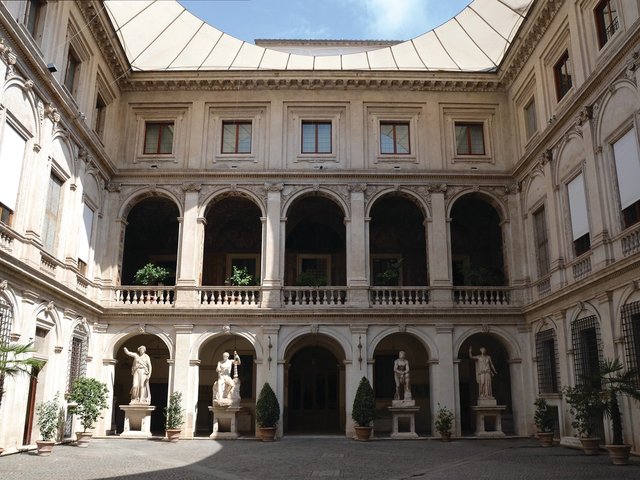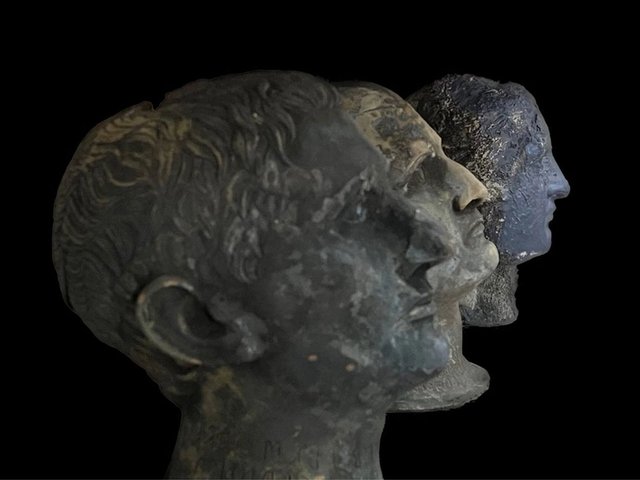Remnants of the Roman emperor Nero’s ancient theatre, fabled home to poetry and musical performances, have been discovered in Rome under a garden near the Vatican. The ruins were found beneath the walled garden of the Palazzo della Rovere, which runs along the Via della Conciliazione leading to Saint Peter's Square.
The palazzo is owned by a Vatican chivalric order, which leases the building to the Order of the Holy Sepulchre of Jerusalem. The governor general of the Order, Leonardo Visconti di Modrone, said at a press briefing that the Four Seasons hotel chain will eventually occupy the site.
Archaeologists who had been working at the site since 2020 discovered a set of marble columns, plaster decorated in gold leaf and rooms possibly used as theatrical sets. Marzia Di Mento, the project’s chief archaeologist, told ABC News Australia that the marble columns were most likely part of the theatre decoration.
Coloured glass goblets and pottery pieces from the 10th century were also unearthed, reflecting a broad period of history running from the Roman Empire through to the 15th century. Objects excavated will reportedly go on public display; Di Mento tells The Art Newspaper that “all of the objects, both of the Roman and medieval period will go on show" at the Palazzo della Rovere.
Nero ruled from 54AD to 68AD. An exhibition at the British Museum in London in 2021 described Nero as an emperor who had “ruled Rome well, filled the granaries, reformed taxes and the currency. When fire broke out in Rome in 64AD, he was more than 30 miles away in his seaside palace; he then threw himself into rebuilding the city”.




